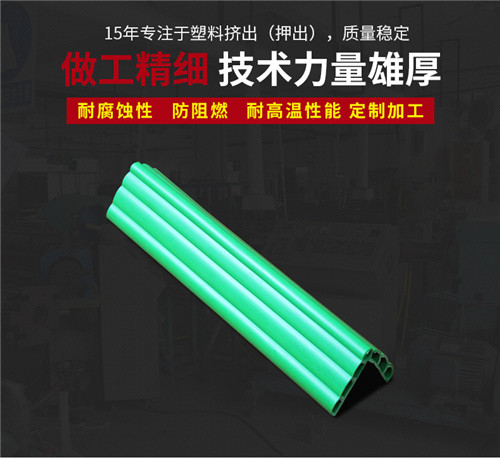
Phone Number :
07 28, 2023

Urban traffic planning is a complex process that requires the consideration of various factors such as traffic flow, road safety, and infrastructure management. With the rapid increase in the number of vehicles on the road, ensuring the safety of both drivers and pedestrians has become a significant challenge for urban planners. In this context, the application and effect evaluation of anti-collision strips present a promising solution to enhance the overall traffic planning framework.
Anti-collision strips, also known as rumble strips or alert strips, are a type of road marking that are designed to provide a tactile and audible warning to drivers. These strips are typically installed on the edges of the lanes or near intersections to alert drivers of any potential dangers or changes in driving conditions. The main functions of anti-collision strips include:
By incorporating anti-collision strips into urban traffic planning, it is possible to significantly reduce the number of accidents, improve traffic flow, and enhance overall road safety.
The application of anti-collision strips in urban traffic planning can be categorized into two main areas: proactive and reactive measures.
Proactive measures involve the strategic placement of anti-collision strips based on analysis of traffic data, accident hotspots, and areas with high pedestrian activity. These measures aim to prevent accidents and improve driver awareness by providing timely warnings. Examples of proactive application include installing anti-collision strips near schools, pedestrian crossings, and sharp curves.
Reactive measures, on the other hand, involve the installation of anti-collision strips as a response to specific incidents or identified risks. These measures focus on reducing the severity of accidents and mitigating potential hazards. Examples of reactive application include installing anti-collision strips near accident-prone locations, construction zones, or areas with poor visibility.
The effectiveness of anti-collision strips in urban traffic planning can be evaluated through various parameters, such as accident rates, traffic volume, driver perception, and overall road safety. Studies have shown that the implementation of anti-collision strips has resulted in significant improvements in these areas.
In terms of accident rates, cities that have implemented anti-collision strips have observed a notable reduction in the number of accidents, particularly those related to lane departures and edge encroachments. This improvement can be attributed to the increased driver awareness and timely warnings provided by the strips.
In addition to accident prevention, anti-collision strips have also shown positive effects on traffic volume and flow. By alerting drivers and prompting them to reduce speed when approaching certain areas, overall traffic congestion can be minimized. This leads to smoother traffic flow, reduced travel times, and improved overall efficiency of the urban road network.
In conclusion, the application and effect evaluation of anti-collision strips in urban traffic planning offer significant potential in enhancing the safety and efficiency of urban road networks. By strategically installing these strips and evaluating their impact, cities can greatly reduce accident rates, improve traffic flow, and create a safer environment for all road users. The successful implementation of anti-collision strips requires careful data analysis, monitoring, and continuous adaptation to the evolving needs of each specific urban area.